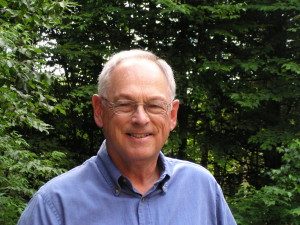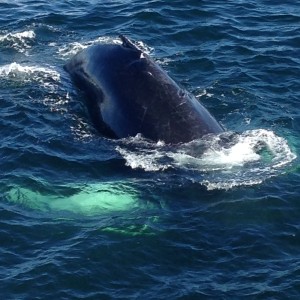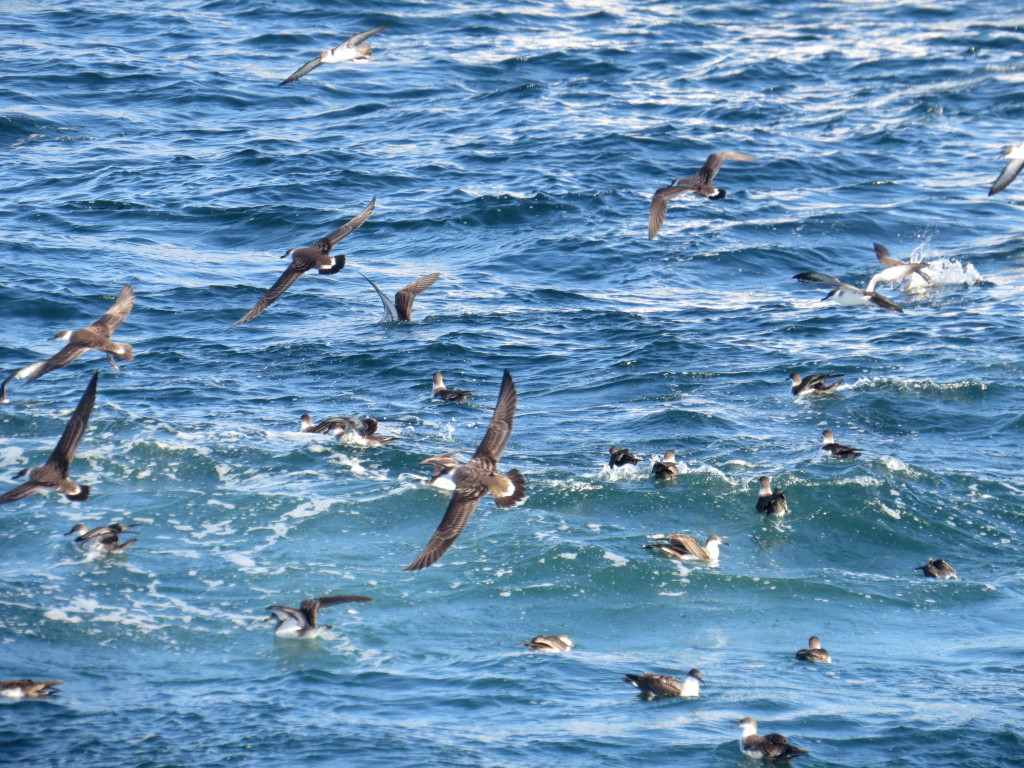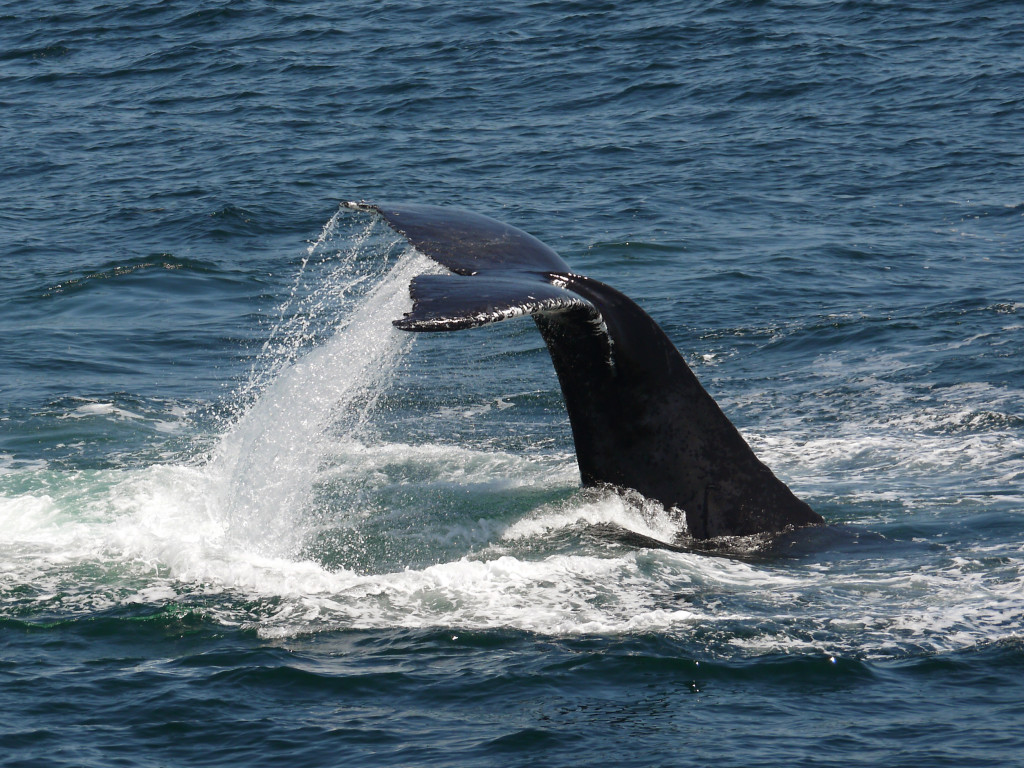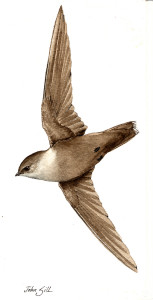 Chimney Swifts are the only swift species that regularly occur in Massachusetts. Their chattering calls and cigar shaped silhouettes are a sure sign that spring has arrived. Unfortunately these enigmatic little birds are experiencing steep population declines. Chimney Swift numbers have dropped dramatically over the last 30 years and research has shown that declines are more prevalent towards the northeast of North America.
Chimney Swifts are the only swift species that regularly occur in Massachusetts. Their chattering calls and cigar shaped silhouettes are a sure sign that spring has arrived. Unfortunately these enigmatic little birds are experiencing steep population declines. Chimney Swift numbers have dropped dramatically over the last 30 years and research has shown that declines are more prevalent towards the northeast of North America.
Declines are exacerbated by a loss of nesting and roosting sites. The traditional brick chimneys that swifts nest or roost in are deteriorating or being capped by homeowners. Furthermore, the logging of old growth forests reduces natural nest and roost site availability. Protecting these sites may be key to slowing population declines.
To take action, we launched the Chimney Swift Project which aims to map spring and fall roosting sites, as well as summer nests across the northeast. The project is a partnership with the University of Connecticut and the Massachusetts Division of Fisheries and Wildlife.
Since it’s initiation in the summer of 2014, more than 100 people have participated in the project. Our citizen scientists have made tremendous efforts reporting 5500 Chimney Swifts at over 150 sites. This year, the maximum number of birds reported at a single chimney was estimated at 300! Breeding takes place from late May through early August and this year participants estimated that 64% of observed swifts were breeding.
Very little is known about the winter roost locations of Chimney Swifts so if you are lucky enough to be heading to South America on a birding trip this winter, any observations you make will have huge conservation value. Keep the sightings coming and expect to see us expand this work next year!
Additional Resources
Learn more about chimney swifts and what do if you’re concerned about a nest in a chimney.



